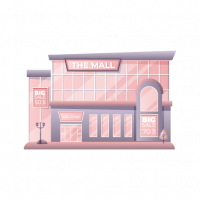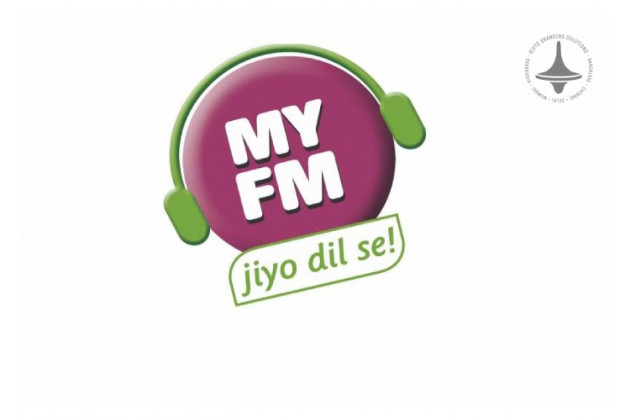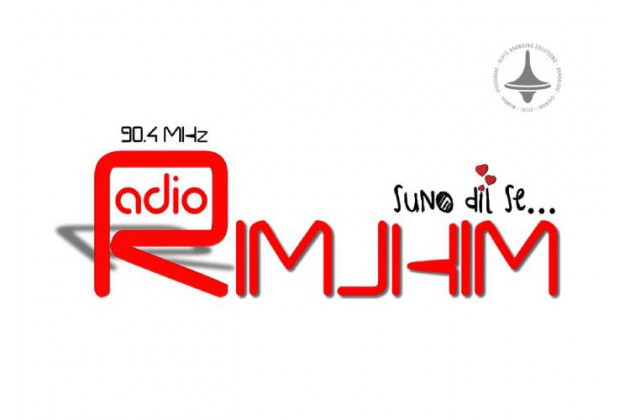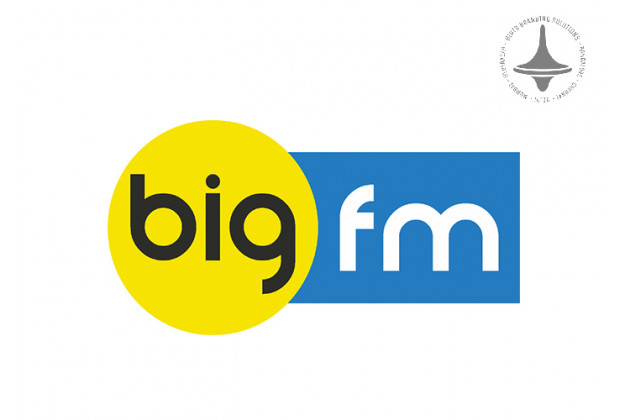QR Code Campaigns | Malls Media | Blending Physical | Digitally

In an era where technology is redefining consumer experiences, QR code campaigns in malls have emerged as a powerful tool to bridge the gap between the physical and digital worlds. With smartphones becoming an extension of the shopper's hand, malls are no longer just brick-and-mortar spaces — they are interactive hubs that engage, inform, and convert.
What Are QR Code Campaigns?
QR (Quick Response) codes are scannable barcodes that
redirect users to digital content, such as websites, videos, coupon pages, or
apps. When strategically placed within a mall environment—on standees, digital
screens, elevator wraps, or product displays—these codes act as instant
gateways to richer brand experiences.
Why Malls Are the Perfect Place for QR Code Campaigns
Malls are high-footfall environments where people are in a
discovery mindset. They come to shop, eat, explore, and be entertained. This
makes them ideal venues for interactive marketing. QR codes add a layer of
engagement that is quick, contactless, and data-driven.
Some key advantages include:
- High
Engagement: Shoppers are already browsing and curious. A well-placed
QR code offers them a new way to interact.
- Cost-Efficient:
Compared to digital screens or human promoters, QR codes are relatively
low-cost to deploy and easy to update.
- Trackable
Results: Marketers can monitor scans in real time, gaining insights
into user behavior and campaign performance.
Creative Use Cases of QR Code Campaigns in Malls
- Instant
Discounts and Offers
Retail brands can offer exclusive coupons through QR codes displayed at store entrances or food courts. Scanning the code unlocks a time-sensitive discount, encouraging immediate store visits. - Gamified
Experiences
Malls can run scavenger hunts where users scan QR codes at various locations to win prizes. This boosts dwell time and footfall across different zones. - Product
Demonstrations
QR codes next to featured products can link to video demos or AR try-ons, giving customers a deeper understanding before purchasing. - Event
Registrations
For mall events like fashion shows, workshops, or meet-and-greets, QR codes can be used for seamless RSVP and ticketing. - Feedback
and Surveys
Interactive feedback forms or mall experience surveys accessed via QR codes help in collecting valuable customer insights. - Social
Media Engagement
Brands can drive traffic to their Instagram, YouTube, or TikTok pages, encouraging users to follow, like, or share content directly from the mall floor.
Best Practices for QR Code Campaigns in Malls
- Clear
Call to Action: Always pair the QR code with a compelling CTA (e.g.,
“Scan to Win!”, “Unlock Your Discount”).
- Strategic
Placement: Put codes at eye level and in high-traffic areas to
maximize visibility.
- Mobile-Optimized
Content: Ensure that landing pages load quickly and are
mobile-friendly.
- Shorten
the Journey: The fewer the clicks after scanning, the better the user
experience.
- Test
Before Deployment: Always check functionality across devices and
internet speeds.
The Digital Future of Mall Marketing
QR code campaigns are not just a trend—they’re a gateway to
hybrid marketing. As malls embrace technology, they’re evolving into
experiential ecosystems. By blending the tactile with the digital, brands can
tell better stories, convert faster, and build stronger customer relationships.
For marketers and mall operators, QR codes are a
low-friction, high-impact tool to amplify engagement. And for shoppers, they
turn a casual mall visit into a smart, personalized journey.
Conclusion
QR code campaigns are revolutionizing how brands interact
with consumers in physical spaces. Malls, with their dynamic environments and
diverse footfall, are fertile ground for such innovation. By merging offline
presence with online convenience, QR codes pave the way for a seamless shopping
experience that speaks to the connected consumer.
Elyts Advertising and Branding Solutions | www.elyts.in (India) | www.elyts.agency (UAE)






















Leave a Comment